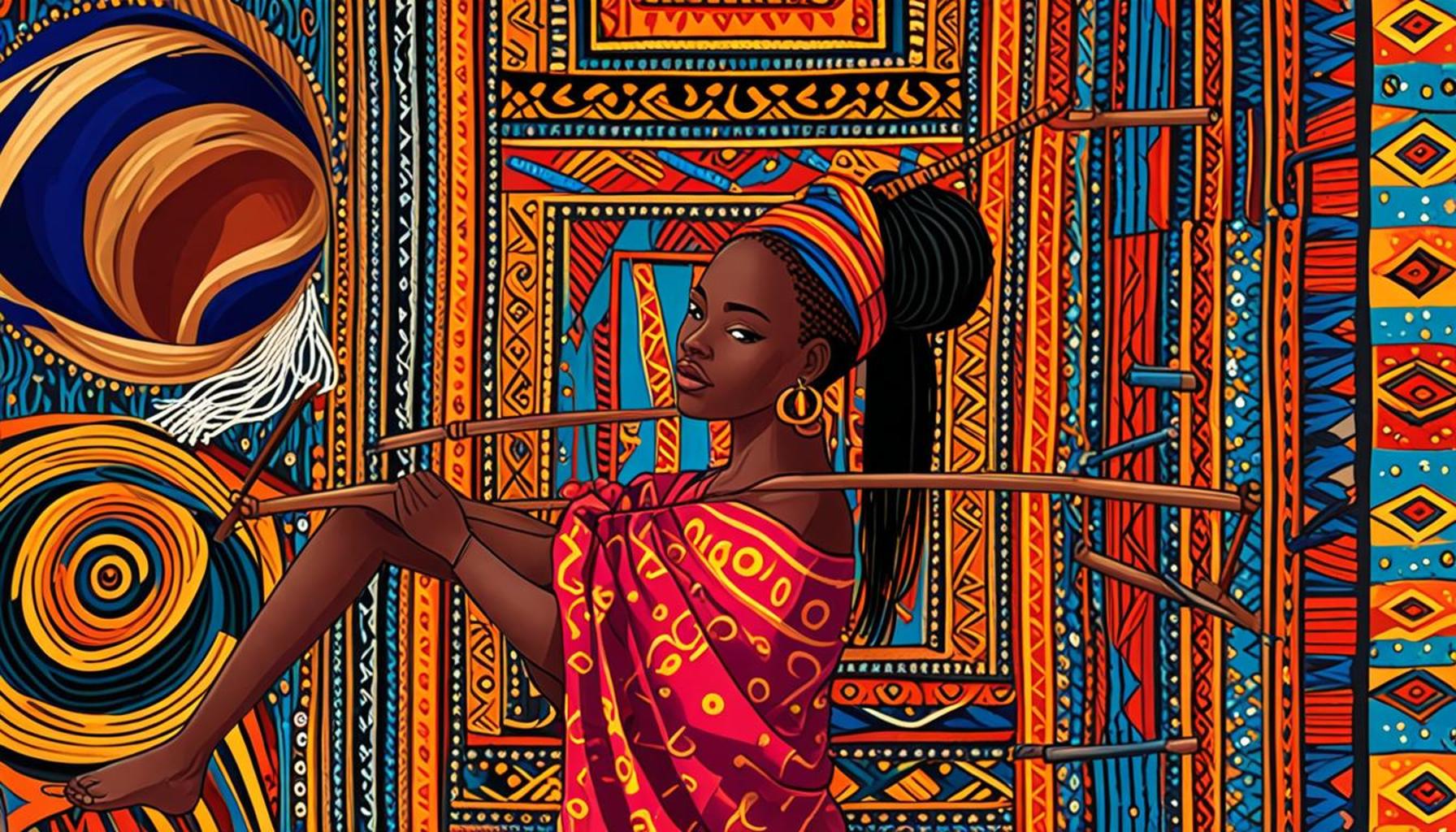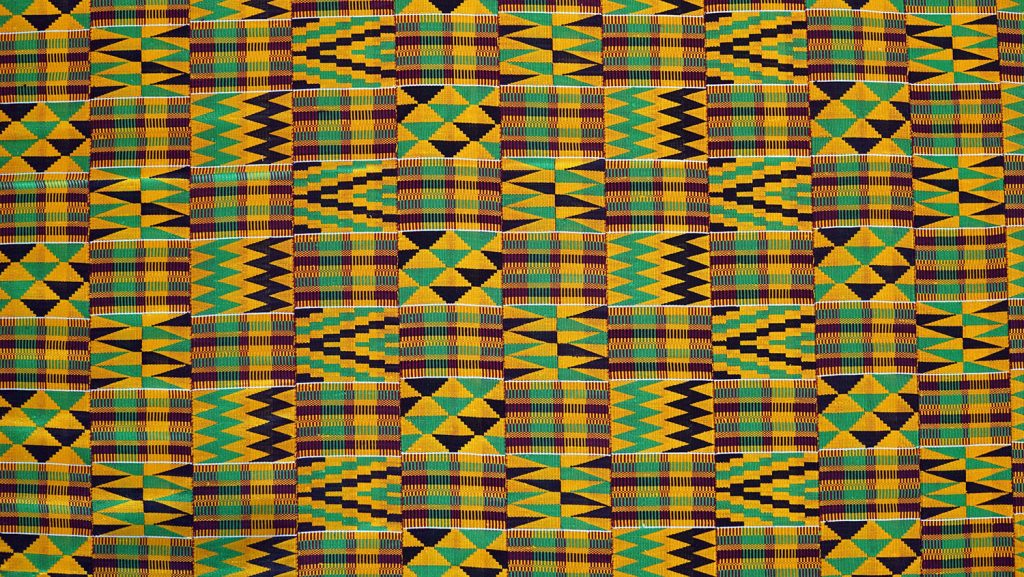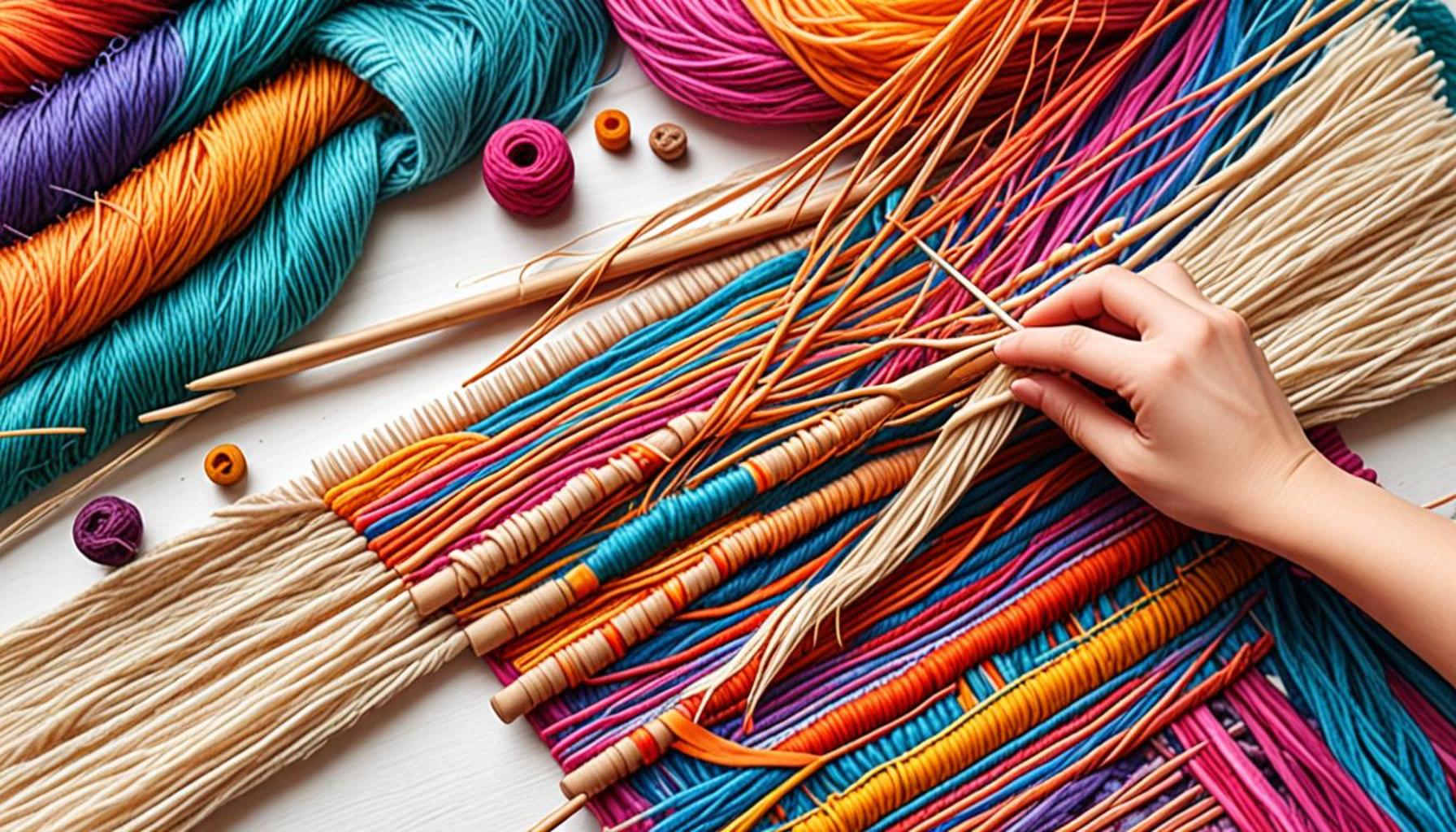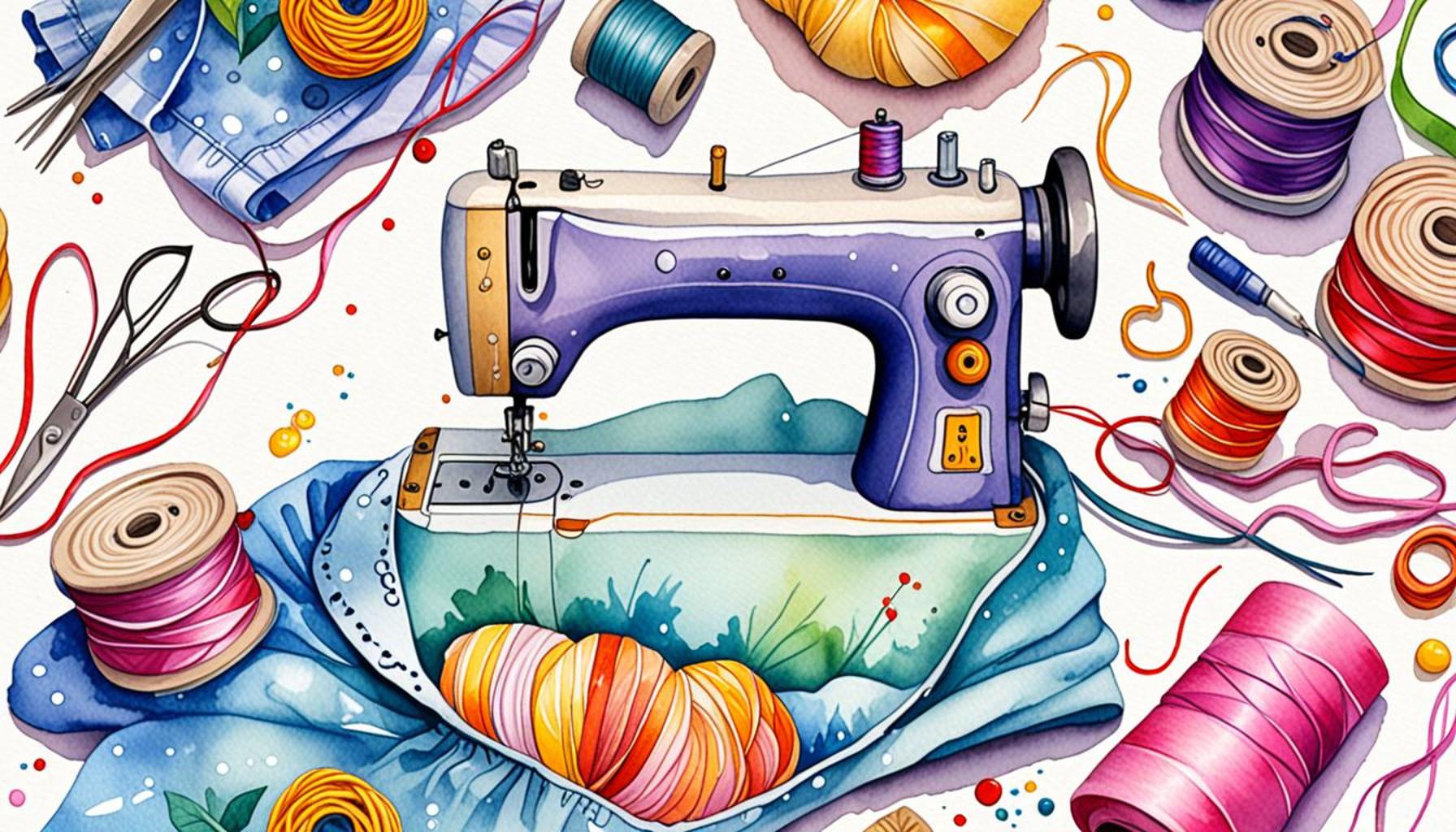Weaving Stories: The Art of Creating Rugs with Traditional Nigerian Techniques

Understanding the Art of Nigerian Rug Weaving
The vibrancy of Nigerian culture is strikingly revealed through the intricate craft of rug weaving. In this artistic expression, function meets storytelling, with each rug serving as a visual narrative that captures the essence of its maker and the community’s rich tapestry of traditions. This age-old art form offers a glimpse into the heart and soul of Nigeria, allowing artisans to express a diverse range of cultural identities through their craft.
Materials Used
Rug weaving in Nigeria employs a variety of materials that hold significant cultural connotations. For instance, cotton is favored for its softness and durability, making it an ideal choice for both practical and decorative purposes. Silk, often infused into the designs, adds a luxurious touch and represents wealth and status in certain communities. Furthermore, jute is a common material, celebrated for its rustic charm and eco-friendly properties. By choosing these materials, artisans not only create beautiful pieces but also honor the environment and sustainable practices.
Techniques Involved
Various techniques are employed in traditional Nigerian rug weaving, with hand-knotting and flat-weaving being the most prevalent. Hand-knotting produces a dense, textured finish that enhances the durability and richness of design. On the other hand, flat-weaving allows for tighter patterns and a smoother surface, showcasing the artisan’s intricate skills. These techniques have been passed down through generations, reflecting a commitment to preserving cultural heritage while adapting to contemporary styles.
Patterns and Symbols
The designs woven into Nigerian rugs are emblematic of local lore, spirituality, and the community’s collective history. Patterns often feature geometric shapes, vibrant colors, and symbolic motifs that convey stories of ancestors, significant life milestones, and moral teachings. For example, patterns inspired by the popular Adinkra symbols can be found in some regions, embodying concepts of resilience, unity, and growth. As such, these rugs serve not only as decorative items but also as educational tools, preserving and sharing the rich narratives of Nigeria’s diverse ethnic groups.
From the lively markets of Lagos, filled with artisans showcasing their masterpieces, to the quiet villages in the North where rug weaving is a communal practice, each piece of art resonates with a story waiting to be told. As artisans weave, they engage in a communal dialogue, sharing techniques, wisdom, and experiences that unite generations.

Conclusion
Exploring the world of traditional Nigerian rug weaving unveils a profound intersection of creativity and culture. As you dive deeper into this artistic realm, you will not only appreciate the craftsmanship involved but also the deeper meanings behind each stitch, pattern, and color. With each rug, a piece of Nigeria’s rich heritage is preserved, inviting future generations to continue the narrative woven into the very fabric of the nation.
LEARN MORE: This related article may interest you
The Essence of Craftsmanship in Nigerian Rug Weaving
At the heart of Nigerian rug weaving lies a tradition rich in cultural significance and artistic flair. The artisans, often referred to as “weavers” or “carpet makers,” meticulously transform raw materials into stunning works of art that not only serve practical purposes but also reflect the community’s rich heritage. Their craft is more than a source of livelihood; it is a profound connection to culture, history, and spirituality.
The Community Influence
Nigerian rug weaving is fundamentally a community-driven endeavor. In many regions, such as the northern states and southwestern Yoruba communities, crafting rugs is often a collective activity. It brings together family members, neighbors, and friends who collaborate to create intricate designs and patterns that tell their collective stories. Through this shared effort, the artisans pass down techniques and traditions, ensuring that the craft continues to thrive in its authentic form. The sense of belonging and pride among these communities fosters an environment where each artisan aims to outdo the last, driving innovation while respecting tradition.
The Role of Gender
In Nigeria, the art of rug weaving is not limited to one gender. Both men and women actively participate in this craft, often with women taking the lead in households as the primary creators of rugs. This role empowers women economically and socially, allowing them to contribute significantly to their families and communities. The rugs they create often reflect personal narratives and household stories, serving as vibrant pieces that bring life to their homes. The dynamic between the weavers enhances the artistry, where each piece becomes an expression of both individual creativity and shared cultural identity.
Varied Techniques and Styles
An exploration of techniques reveals the collaborative spirit and innovation inherent in Nigerian rug weaving. Artisans often utilize various methods, including:
- Hand-woven Techniques: This method involves creating rugs entirely by hand, allowing for detailed, unique designs that reflect the artisan’s personal style.
- Knotted Pile Weaving: Offering texture and depth, this technique is prevalent in more traditional designs and requires intricate skill to execute properly.
- Flat Weaving Techniques: Used to create smoother surfaces and sharp patterns, flat weaving has gained popularity for its adaptability to modern aesthetics.
This diversity in technique allows artisans to continually innovate, merging traditional practices with modern influences, which leads to unique rugs that appeal to both local markets and international buyers.
The Market for Nigerian Rugs
As demand increases for uniquely crafted items globally, Nigerian rugs have found their way into various markets. From bustling trade fairs in cities like Abuja to upscale galleries in Lagos, artisans are now showcasing their creations to a broader audience. This exposure not only provides economic opportunities but also raises awareness of the cultural significance behind each product. When potential buyers understand the stories woven into every rug, they are more likely to appreciate the craftsmanship and support the artisans directly, ensuring that this timeless practice continues to flourish.
| Aspect | Details |
|---|---|
| Cultural Significance | Rug weaving in Nigeria is a reflection of rich cultural heritage, often telling stories of the community through intricate patterns. |
| Sustainability | Utilizing local materials, traditional techniques promote sustainable practices that respect the environment while supporting local economies. |
The process of creating rugs with traditional Nigerian techniques involves much more than weaving threads; it encompasses deep-rooted narratives that speak of ancestral ties and communal identity. Each rug tells a story, often passed down through generations, symbolizing the distinctive realities of the region, its people, and their histories. Furthermore, the sustainability aspect of these practices cannot be overstated. By embracing local materials and methods, artisans harness the symbolism of preserving their environmental resources while enhancing community resilience. This blend of artistic expression and ecological mindfulness fosters a unique market space where traditional craftsmanship meets modern sensibilities.By celebrating these art forms, we are not just supporting the artisans; we are investing in cultural preservation, sustainability, and authentic storytelling woven into every fabric produced. Intrigued by the tales hidden within these beautiful creations? Dive deeper into the world of Nigerian rug weaving and unearth stories that deserve to be told.
ADDITIONAL INSIGHTS: Expand your understanding here
The Stories Behind the Patterns
Every rug woven in Nigeria carries with it a narrative that speaks to the identity of the maker and the culture from which it originates. The use of color, motifs, and symbols in rug weaving is not arbitrary; each element holds a meaning deeply rooted in the community’s history, beliefs, and values. For instance, the vibrant colors commonly found in many Nigerian rugs often represent significant cultural symbols. Red could signify strength and sacrifice, while blue might reflect peace and tranquility, illustrating how color plays a pivotal role in telling a story.
Cultural Motifs and Symbolism
The motifs used in rug designs are equally important, often descending from age-old traditions or reflecting the realities of contemporary life. Many designs are inspired by nature, with patterns that mimic the flora and fauna endemic to Nigeria’s diverse ecosystems. For example, a rug might feature zigzag patterns representing the landscape’s undulating hills or flowing rivers, serving as a reminder of the artisan’s origins. Moreover, motifs can carry spiritual meanings, with some artisans incorporating symbols of fertility, protection, or ancestors, revealing a connection to the spiritual beliefs within their culture.
Restoration of Cultural Heritage
As the world continues to evolve, there is a growing interest and appreciation for artisanal crafts that celebrate cultural heritage, sparking a resurgence in traditional rug weaving. Organizations and NGOs in Nigeria, like the Ife Cultural Centre, focus on educating artisans about preserving their techniques while adapting them for modern markets. Workshops are being held to teach young aspirants the intricacies of the craft, ensuring that these skills are passed down through generations. This dedication to cultural preservation helps maintain a dialogue between past and present, fostering a new generation of artisans who are eager to make their mark.
The Role of Technology in Preservation and Innovation
While traditional techniques form the backbone of rug making, technology has been instrumental in improving production methods and promoting Nigerian rugs globally. Social media platforms like Instagram and Facebook have allowed artisans to showcase their work, creating a rich tapestry of visual storytelling. Artisans are leveraging these platforms to attract international buyers, thus increasing their market reach. Furthermore, digital design tools allow for experimentation with patterns and colors, invigorating traditional designs and making them appealing to younger audiences looking to integrate culture into modern home decor.
Challenges Facing Rug Weavers
Despite the positive outlook, traditional rug weavers face multiple challenges that threaten the continuation of this age-old craft. Access to quality raw materials can be limited, as well as competition from mass-produced alternatives which may lack the authenticity and soul that hand-woven rugs embody. The rise of imitators who do not honor traditional techniques can dilute the distinctiveness that sets Nigerian rugs apart in the global market.
Additionally, climate change poses a severe risk to cotton production, impacting the primary raw material for many rugs. As shifts in weather patterns affect agriculture, artisans must adapt to ensure their craft remains viable. To combat these challenges, collaborations among artisans, government agencies, and NGOs can play a crucial role in creating sustainable practices, securing fair trade opportunities, and promoting the value of handmade rugs within the marketplace.
ADDITIONAL INSIGHTS: Expand your understanding here
Conclusion: Weaving the Future of Tradition
In summary, the practice of rug weaving in Nigeria is more than simply an art form; it is a vibrant tapestry of culture, history, and personal storytelling. The intricate designs, rich colors, and significant motifs embedded in each rug resonate with the essence of the community and its traditions. As we reflect on the narratives and symbolism captured in these handwoven pieces, we recognize their vital role in preserving Nigerian cultural heritage.
The fusion of traditional techniques with contemporary practices is essential in ensuring the survival of this craft in today’s fast-paced world. With technology and social media bridging the gap between artisans and a global audience, there lies an opportunity for African stories to reach far and wide. Initiatives that support artisans in navigating challenges like raw material shortages and market competition are crucial for the sustainability of this craft.
Moreover, as Nigeria’s young generation embraces these traditions, there is a hopeful outlook for the future of rug weaving. With workshops and educational programs cultivating new talent, the art of creating rugs is primed for a renaissance—one that blends age-old techniques with innovative designs. As we continue to celebrate and invest in this beautiful craft, we also ensure that the rich stories of Nigeria are woven into the fabric of our future, cherished by those who both create and admire these stunning works of art.


